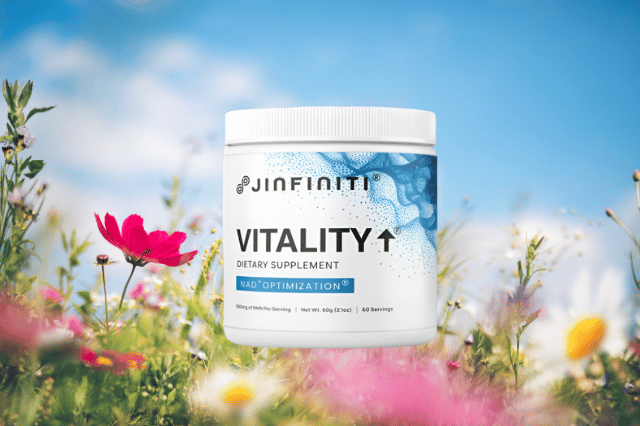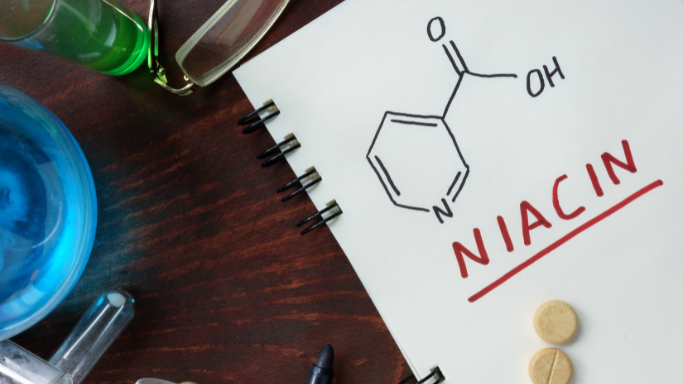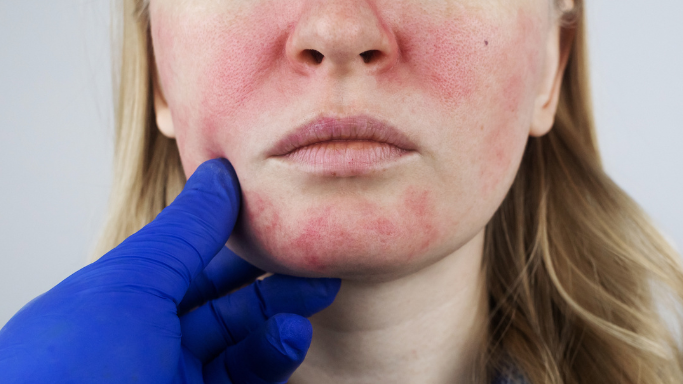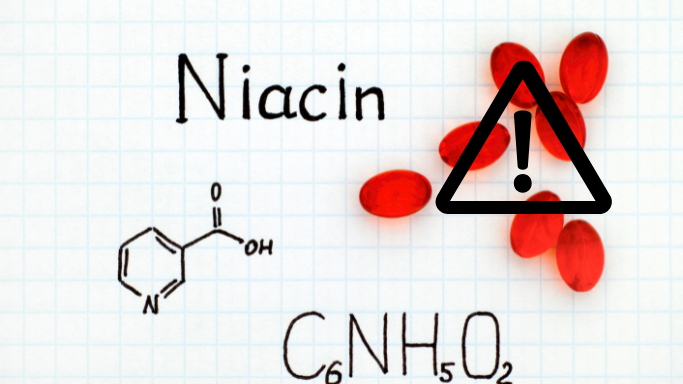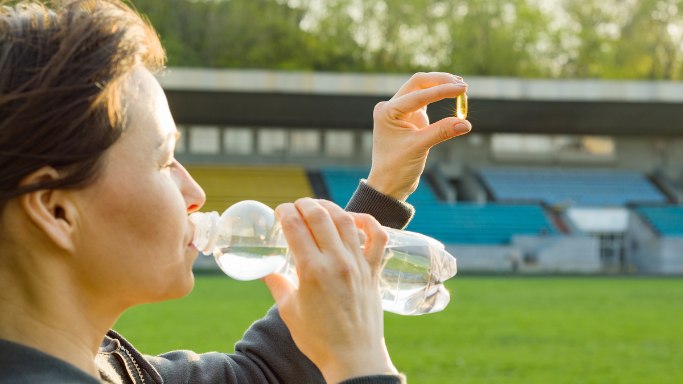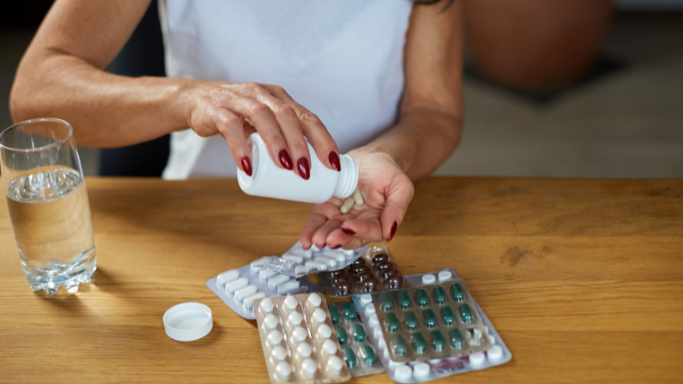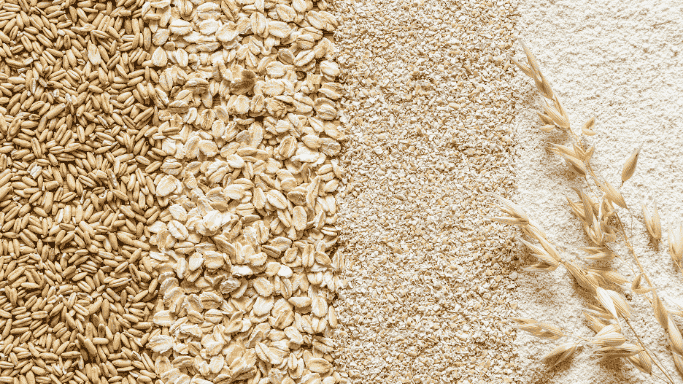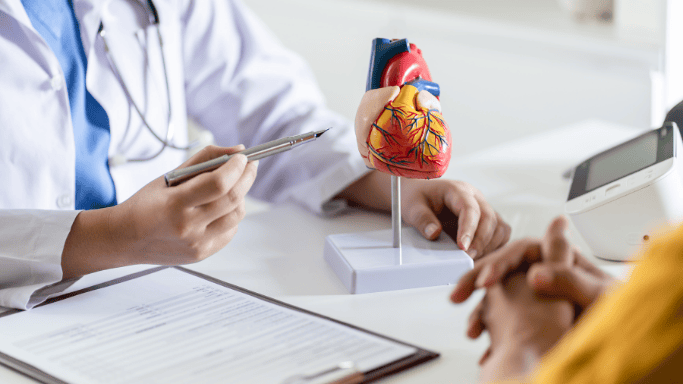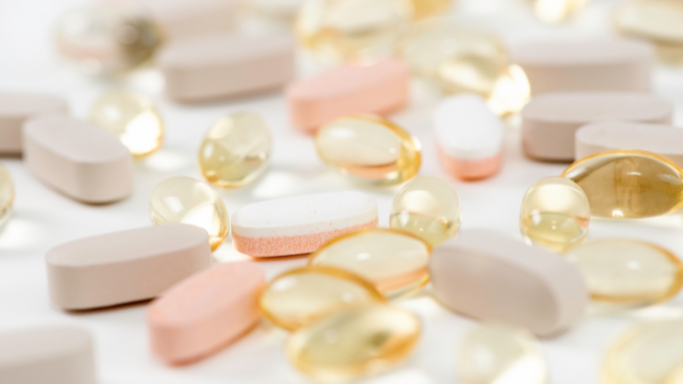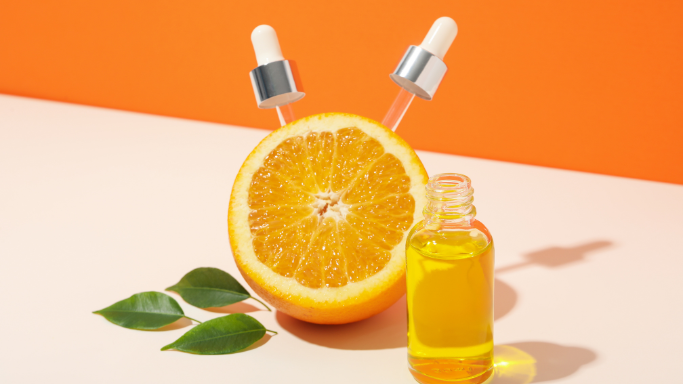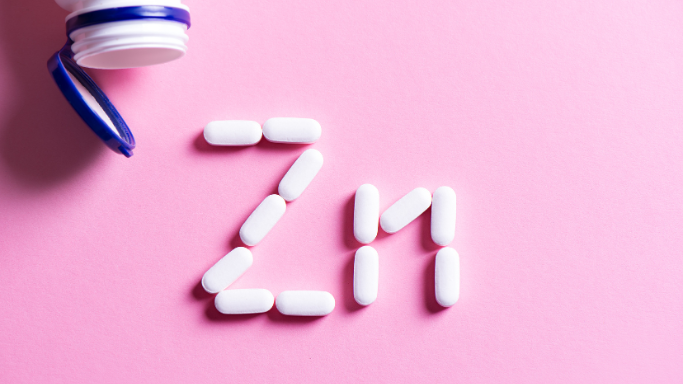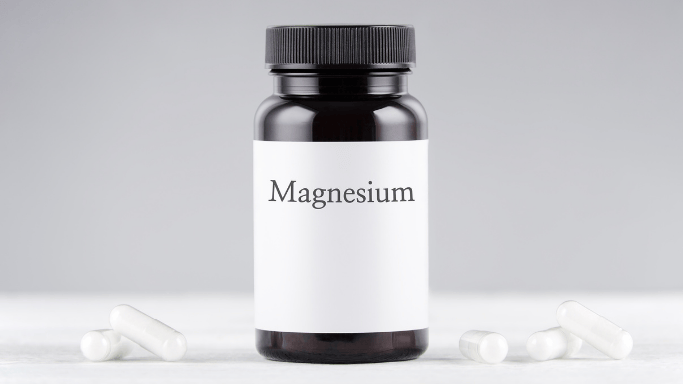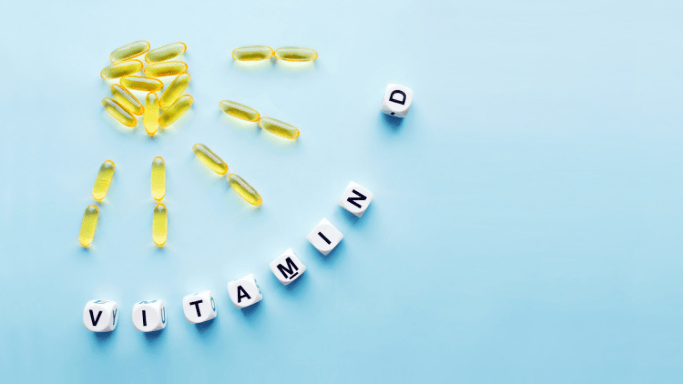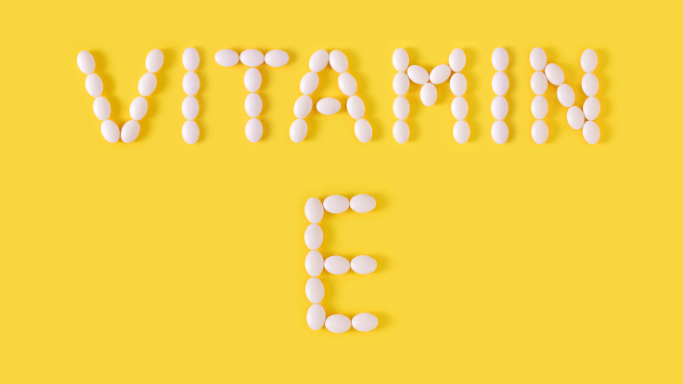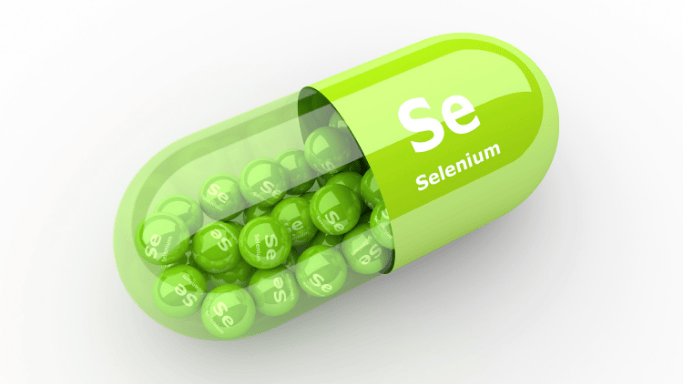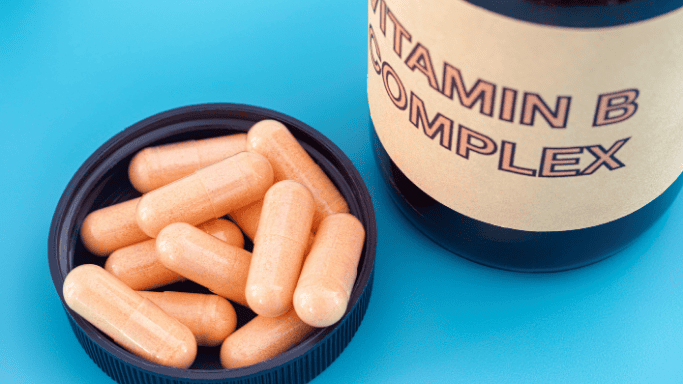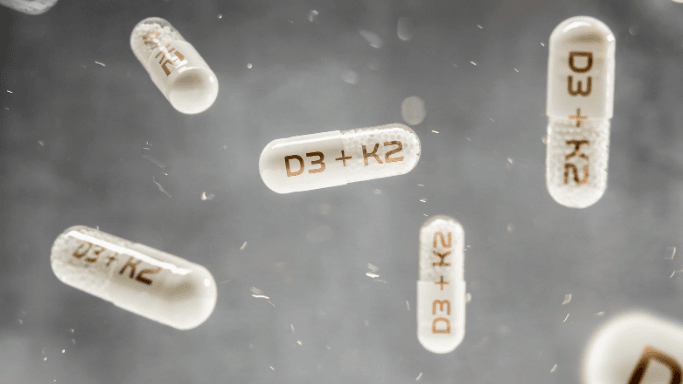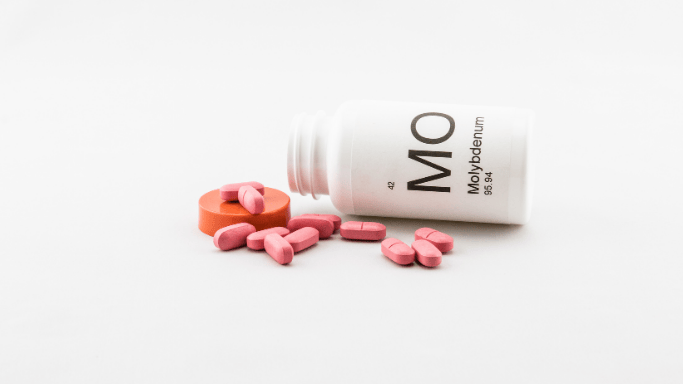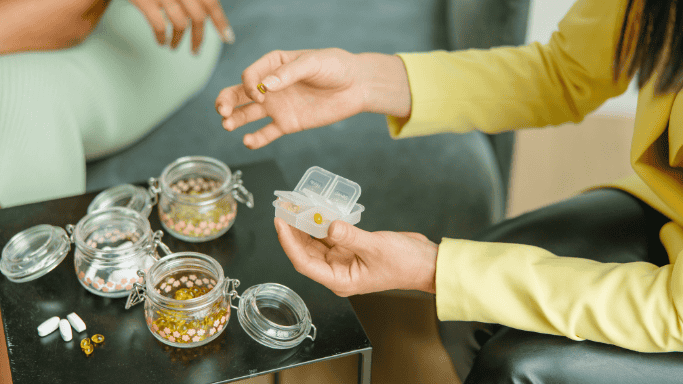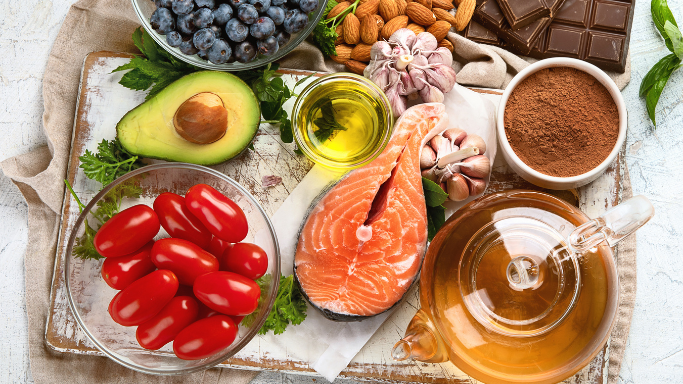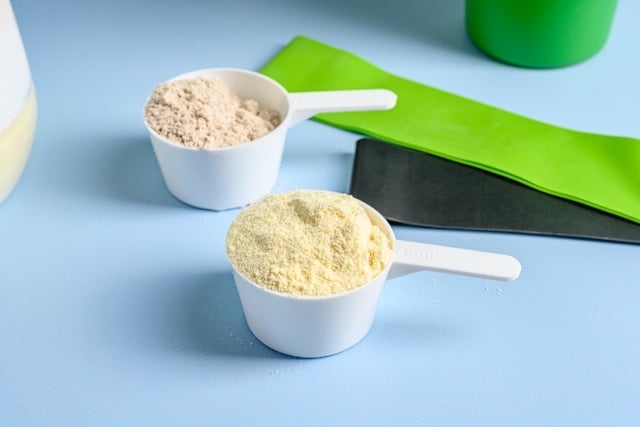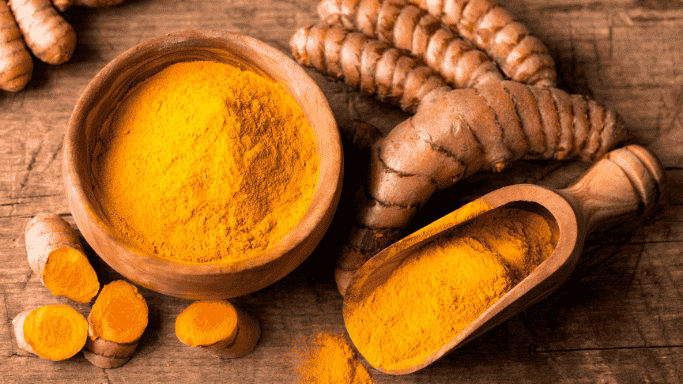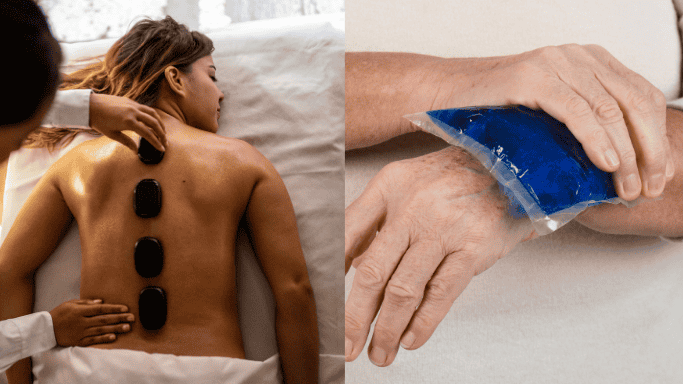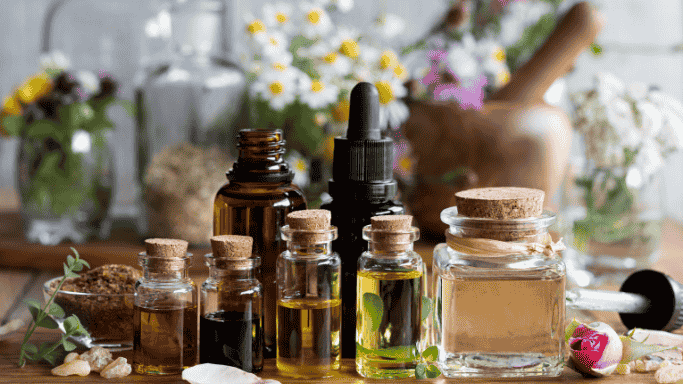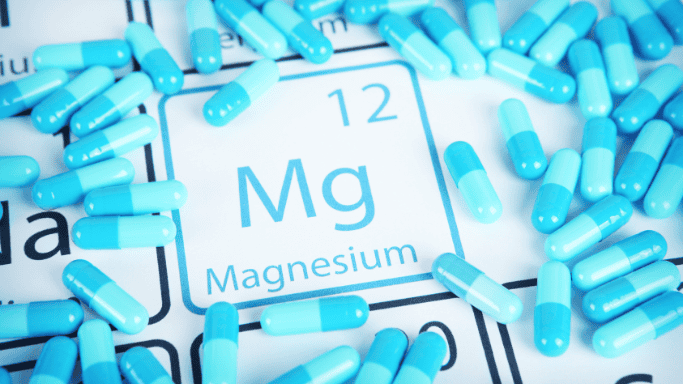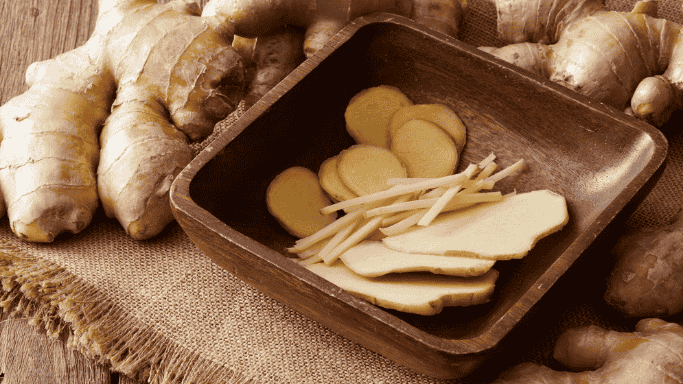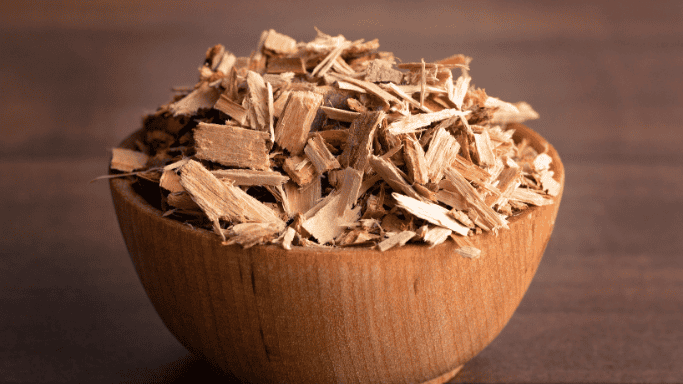Can Niacin Help You Lose Weight?
Niacin produces minimal weight loss of 1-2 pounds after months of supplementation but increases diabetes risk by 34% and causes liver toxicity.
Research shows niacin supplements cause tiny changes in body weight while creating substantial health risks. Taking niacin for weight loss harms your health in ways that make losing weight harder.
The science reveals why niacin fails as a weight loss solution.
Key Takeaways
- Niacin supplements cause only 1-2 pounds of weight loss after months of use
- Taking niacin increases your risk of developing diabetes by 34%
- The vitamin can damage your liver and cause serious heart problems
- Safer weight loss methods like proper diet and exercise work better without health risks
Benefits of Niacin and Overview

Niacin is vitamin B3, an essential nutrient that converts food into energy and powers over 500 cellular processes.
This water-soluble vitamin, also called nicotinic acid, plays a key role in energy production. Your body uses niacin to create NAD+ and NADP+, two compounds that drive fat breakdown and energy metabolism.
You can get niacin from foods like meat, fish, nuts, and enriched grains. The recommended daily amount is 16 mg for men and 14 mg for women.
The Science Behind Niacin and Metabolism
Niacin affects your metabolism in several ways. It can temporarily reduce the breakdown of fat cells, which lowers free fatty acids in your bloodstream. This might sound good for weight loss, but it’s actually more complicated than it seems.
The vitamin also influences hormone levels, particularly adiponectin. This hormone helps regulate blood sugar and fat burning. Some studies show niacin can increase adiponectin levels, which theoretically could support healthy metabolism.
However, niacin also impacts insulin sensitivity. This is where things get problematic for weight management.
Research on Niacin for Weight Loss
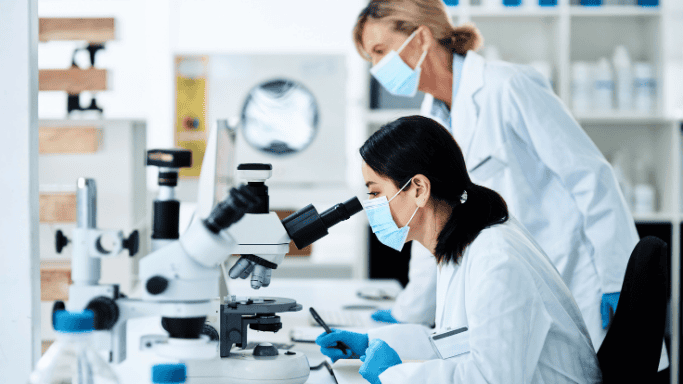
A 2023 systematic review analyzing 5,144 participants found niacin supplementation produces 0.19 kg/m² BMI reduction with no significant body weight change.1
Researchers analyzed 22 studies to determine if NAD+ precursors (including niacin) help people lose weight. The results show minimal real-world impact despite statistical significance.
The BMI Studies: What They Really Show
The research found that niacin supplementation led to a small reduction in BMI of 0.19 kg/m². To put this in perspective, if you’re 5’8″ tall, this translates to losing just 1-2 pounds.
That’s barely noticeable weight loss after weeks or months of supplementation.
The studies also revealed some important details:
- Higher doses of niacin (2g or more daily) showed slightly better results
- Longer treatment periods (over 12 weeks) were more effective
- Pure nicotinic acid worked better than other forms like niacinamide
Despite the BMI changes, researchers found no significant effect on actual body weight in most participants.
Effects on Body Fat Distribution
Some studies showed more promising results for specific types of fat loss. Research in people with high triglyceride levels found that niacin treatment resulted in:2
- 47.2% reduction in liver fat content
- 6.3% reduction in visceral fat around organs
- Mean body weight decrease of 1.46% (about 2.6 pounds for a 180-pound person)
Higher dietary niacin intake was also associated with greater liver fat reduction during lifestyle interventions.3
While these changes in fat distribution could be beneficial for health, they’re still quite modest compared to what you’d achieve through proper diet and exercise.
| Study Type | Weight Loss Result | Clinical Significance |
|---|---|---|
| Meta-analysis (5,144 people) | 1-2 pound BMI reduction | Minimal |
| Liver fat studies | 47% liver fat reduction | Moderate |
| Visceral fat studies | 6.3% reduction | Moderate |
| Overall body weight | No significant change | None |
The Dark Side: Serious Risks and Side Effects

Niacin supplementation creates substantial health risks that make weight management harder long-term.
The documented dangers include diabetes development, liver damage, and cardiovascular complications that outweigh minimal weight loss benefits.
Diabetes Risk and Insulin Problems
Taking niacin supplements significantly increases your risk of developing type 2 diabetes. A comprehensive analysis found that niacin therapy increases diabetes risk by 34%.4
This means for every 43 people who take niacin for 5 years, one additional person will develop diabetes who wouldn’t have otherwise.
The vitamin can also:
- Increase fasting insulin levels by up to 61.8%
- Reduce insulin sensitivity significantly
- Elevate blood glucose levels
When your body becomes less sensitive to insulin, it becomes much harder to lose weight and keep it off. This is the opposite of what you want when trying to manage your weight.
Liver Damage Concerns
Niacin carries substantial liver toxicity risks, especially with sustained-release formulations. The liver damage can be serious enough to require emergency medical treatment.
Key liver risks include:
- Liver toxicity can occur at doses as low as 500-750mg daily5
- Extended-release forms have higher risk due to sustained toxic metabolite production
- Cases of acute liver failure requiring emergency liver transplantation have been reported
- Up to 52% of people taking sustained-release niacin may develop elevated liver enzymes
Cardiovascular Risks
Despite niacin’s reputation for improving cholesterol, recent research reveals concerning cardiovascular risks. A 2024 study published in Nature Medicine found that excess niacin gets converted into a compound called 4PY, which:
- Promotes inflammation in blood vessels and arterial damage
- Doubles the risk of major cardiovascular events in people with high niacin levels6
- May explain why niacin’s clinical benefits have been less than expected based on cholesterol improvements
Multiple large clinical trials have failed to show cardiovascular benefits when niacin is added to modern treatments.
The Niacin Flush and Other Side Effects
The most common side effect is the “niacin flush” – a warm, tingling sensation with skin redness that can be quite uncomfortable. Other common side effects include:
- Gastrointestinal issues like nausea, vomiting, and diarrhea
- Increased uric acid levels that can trigger gout attacks
- Vision problems including blurred vision and macular edema
- Skin irritation and warmth
These side effects can make it difficult to stick with supplementation, which undermines any potential weight loss benefits.
Why Niacin Isn’t Effective Long-Term
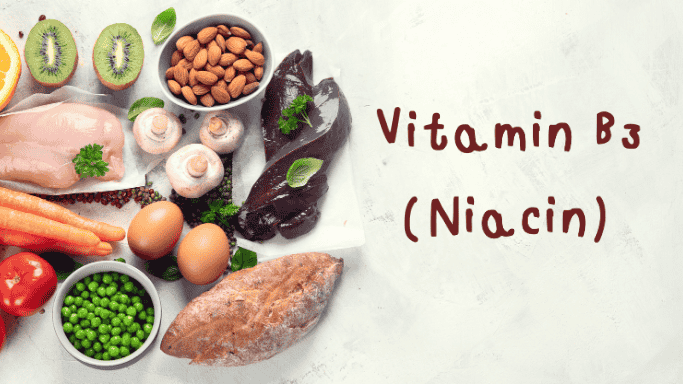
The body develops tolerance to niacin within weeks, eliminating weight loss effects and creating rebound problems.
Sustained niacin exposure leads to complete adaptation, with fatty acid levels returning to pre-treatment levels despite continued supplementation.7
Tolerance Development
One of niacin’s major limitations is that your body adapts to it quickly. While niacin initially suppresses fat breakdown and reduces free fatty acid levels, sustained exposure leads to complete adaptation.8
Within weeks, your fatty acid levels return to pre-treatment levels despite continued supplementation. This tolerance effect undermines any long-term weight loss benefits.
The FFA Rebound Effect
When you stop taking niacin, something called the “FFA rebound” occurs. This means your free fatty acid levels can actually go higher than they were before you started taking niacin.
This rebound effect can promote insulin resistance and metabolic dysfunction, making it even harder to lose weight after you stop the supplement.
Better Alternatives for Weight Loss

Evidence-based weight management strategies provide greater benefits than niacin supplementation without health risks.
Safe alternatives include targeted supplements with better risk profiles and proven lifestyle interventions that address root causes of weight gain.
Evidence-Based Supplements
If you’re interested in supplements that may support weight management, consider options with better safety profiles and stronger evidence:
NAD+ Support: Rather than taking high-dose niacin, consider NAD+ supplements that can support cellular energy production without the same risks. These may help optimize your metabolism more safely.
Mitochondrial Support: Since healthy mitochondria are key for fat burning, focus on mitochondrial health supplements like CoQ10, PQQ, and alpha-lipoic acid.
Cellular Health: Supporting overall cellular nutrition with antioxidants and key nutrients may help your body function optimally during weight loss efforts.
Natural Approaches That Work
The most effective and sustainable approach to weight loss remains:
- Creating a moderate calorie deficit through portion control
- Eating nutrient-dense whole foods that naturally contain niacin
- Regular physical exercise that includes both cardio and strength training
- Getting adequate sleep and managing stress levels
- Staying hydrated and maintaining consistent meal timing
These strategies address the root causes of weight gain while supporting your overall health.
Should You Take Niacin Supplements?

Niacin supplementation for weight loss is not recommended due to minimal benefits (1-2 pounds) and significant health risks including diabetes, liver damage, and cardiovascular problems.
Balanced diets containing meat, fish, nuts, and enriched grains provide adequate niacin without supplementation risks.
When to Consult a Professional
Before considering any supplement for weight loss, it’s wise to consult with a healthcare expert who can assess your individual situation. They can help you identify the underlying factors affecting your weight and recommend safe, effective strategies.
If you have high cholesterol or other cardiovascular risk factors, your doctor may prescribe niacin for specific medical reasons. In these cases, the potential benefits may outweigh the risks, but this requires careful medical supervision.
The Bottom Line
Niacin supplementation fails as a weight loss strategy due to minimal efficacy and substantial health risks that worsen weight management outcomes.
The 1-2 pounds of potential weight loss comes with 34% increased diabetes risk, liver toxicity, and cardiovascular complications. Proven weight loss strategies like healthy eating, regular exercise, and cellular health optimization provide superior results without health risks.
Sustainable weight loss requires evidence-based approaches that support long-term health rather than supplements that create more problems than they solve.
Referenced Sources:
- https://www.frontiersin.org/journals/nutrition/articles/10.3389/fnut.2023.1208734/full ↩︎
- http://www.jlr.org/content/53/4/802.full.pdf ↩︎
- https://pmc.ncbi.nlm.nih.gov/articles/PMC6362104/ ↩︎
- https://heart.bmj.com/content/102/3/198 ↩︎
- https://lpi.oregonstate.edu/mic/vitamins/niacin ↩︎
- https://www.nih.gov/news-events/nih-research-matters/how-excess-niacin-may-promote-cardiovascular-disease ↩︎
- https://pmc.ncbi.nlm.nih.gov/articles/PMC5424002/ ↩︎
- https://pmc.ncbi.nlm.nih.gov/articles/PMC5424002/ ↩︎





